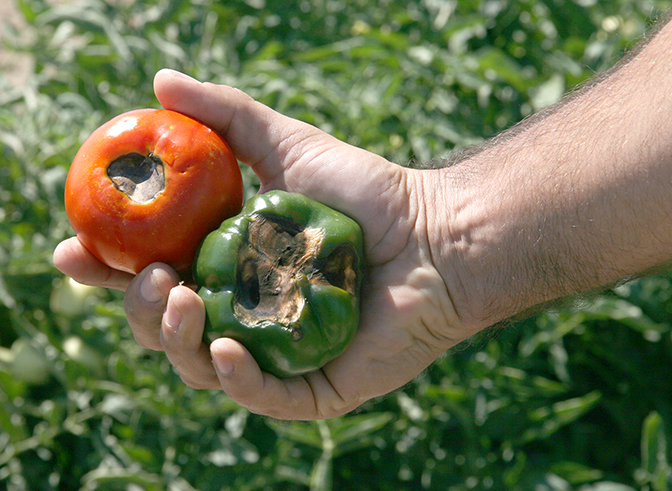Paul Wood receives Green Jacket Award for Georgia 4-H
Georgia 4-H’s annual Green Jacket Award goes to a public official who has shown exceptional support for Georgia’s young people. This year that honor went to Paul Wood, president and CEO of Georgia Electric Membership Corporation (EMC).






